The core highlight of this filter is its built-in silicone sheet filter layer. As a high-performance elastic material, silicone has high-temperature resistance, aging resistance, corrosion resistance,...
See Details [email protected]
[email protected] +86-18857088392
+86-18857088392 No. 1, Guihua 'an Road, Qinggang Xiaohu Family, Mushan Town, Yuyao , Zhejiang, CHINA
No. 1, Guihua 'an Road, Qinggang Xiaohu Family, Mushan Town, Yuyao , Zhejiang, CHINA
How Does Reverse Osmosis Technology Work in Household Water Purifiers?
Industry News-Reverse Osmosis (RO) technology is one of the most popular methods used in household water purifiers. It works by forcing water through a semi-permeable membrane that removes impurities, including bacteria, viruses, heavy metals, salts, and other contaminants.
1. The Process of Reverse Osmosis
Water Inlet
The process of reverse osmosis begins when water enters the system through an inlet valve. This water may come from the municipal supply or a well, and it typically contains impurities such as chlorine, minerals, heavy metals, bacteria, and viruses.
Pre-Filtration
Before the water reaches the Reverse Osmosis membrane, it goes through a pre-filtration stage. Pre-filters, typically made of activated carbon or sediment filters, remove larger particles like sediment, dirt, rust, and chlorine. This pre-filtration is crucial because chlorine can damage the delicate RO membrane, reducing its lifespan and efficiency.
Semi-Permeable Membrane
The core of the Reverse Osmosis process is the semi-permeable membrane. This membrane has microscopic pores that allow only water molecules to pass through while blocking contaminants such as bacteria, heavy metals, salts, pesticides, and other pollutants.
Water enters the RO membrane under pressure, and because the membrane is semi-permeable, only water molecules can move through, while contaminants are left behind. The contaminants are then flushed away as waste water. The pure water that passes through the membrane is collected in a separate chamber for storage.
Post-Filtration
After passing through the RO membrane, the water undergoes post-filtration, usually through an activated carbon filter. This final stage helps to remove any residual impurities and improves the taste and odor of the water. The post-filter typically removes any remaining chlorine, volatile organic compounds (VOCs), and other odors, ensuring that the water tastes fresh and clean.
Clean Water Storage
Once the water has been purified, it is stored in a clean water storage tank. The tank is typically located inside the RO system or under the sink, and it ensures that there is always a ready supply of purified water. The stored water is accessible through a faucet or dispenser when needed.
2. Why It Works
Osmosis vs. Reverse Osmosis
Osmosis is a natural process that occurs when water moves from an area of low solute concentration to an area of high solute concentration through a semi-permeable membrane. Reverse Osmosis, as the name suggests, works in the reverse direction. In RO, pressure is applied to the water to force it through the semi-permeable membrane, against the natural osmotic pressure.
This process results in the removal of contaminants from the water, as only water molecules can pass through the membrane. The contaminants remain behind and are discarded as waste water.
Pressure Applied to Overcome Osmotic Pressure
In reverse osmosis, a pump applies pressure to the water, overcoming the osmotic pressure that naturally drives water through the membrane in the opposite direction. This ensures that clean water passes through the membrane, leaving behind contaminants that are flushed away.
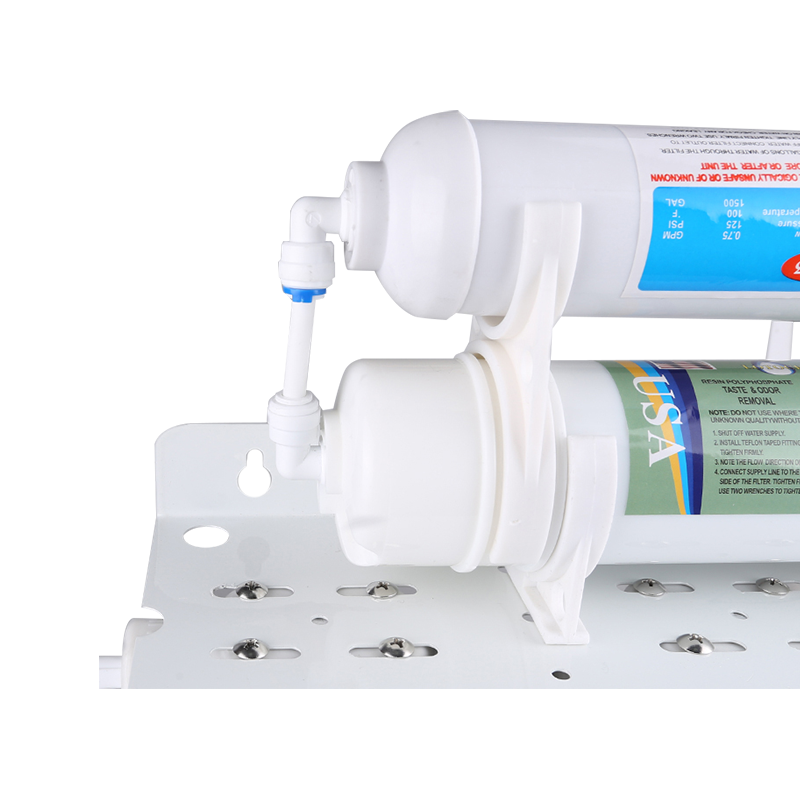
3. What Does Reverse Osmosis Remove?
Reverse Osmosis is an extremely effective filtration method that can remove a wide range of contaminants from water. These contaminants include:
| Contaminant Type | Examples |
|---|---|
| Heavy Metals | Lead, arsenic, mercury, cadmium, chromium |
| Chlorine | Often used in municipal water systems |
| Salts | Calcium, magnesium, and other dissolved salts |
| Bacteria & Viruses | E. coli, giardia, cryptosporidium |
| Pesticides | Herbicides, insecticides from agricultural runoff |
| Dissolved Solids | TDS (Total Dissolved Solids) like minerals and organic compounds |
| Volatile Organic Compounds (VOCs) | Benzene, chlorine, toluene, trichloroethylene |
Heavy Metals
RO membranes are particularly effective at removing heavy metals from water. Metals like lead, mercury, arsenic, and cadmium can be harmful to human health, even in trace amounts. Reverse Osmosis ensures that these metals are filtered out of drinking water.
Chlorine
Chlorine is commonly used in municipal water treatment but can be harmful if consumed in high concentrations. It also affects the taste and odor of the water. RO effectively removes chlorine from the water, improving both safety and flavor.
Salts and Hard Water
Many areas suffer from hard water, which contains high levels of dissolved salts, especially calcium and magnesium. RO systems are capable of removing these salts, reducing hardness and preventing scale buildup in pipes and appliances.
Bacteria & Viruses
RO systems are capable of removing bacteria and viruses from drinking water, which is crucial in areas where waterborne diseases are a concern. The small pore size of the RO membrane ensures that harmful microorganisms are effectively filtered out.
Pesticides & Chemicals
Agricultural runoff can contaminate water supplies with pesticides and other chemicals. Reverse Osmosis is highly effective at removing these contaminants, ensuring that the water is safe to drink.
4. Benefits of Using Reverse Osmosis in Household Water Purifiers
Improved Water Quality
One of the most significant benefits of using Reverse Osmosis in household water purifiers is the improvement in water quality. By removing harmful contaminants, RO systems ensure that the water is safe to drink, free from pollutants, and suitable for various household uses.
Better Taste and Odor
Reverse Osmosis improves the taste and odor of water by removing chlorine, chloramine, and other chemicals that can cause unpleasant flavors. The result is fresh, clean-tasting water, which is ideal for drinking and cooking.
Cost-Effective
While the initial cost of purchasing a Reverse Osmosis system may be higher than other water filtration methods, it can be more cost-effective in the long run. RO systems reduce the need for bottled water, which can be expensive over time. Moreover, many RO systems are designed to provide long-term performance, saving you money on future replacements.
Environmentally Friendly
Using Reverse Osmosis instead of bottled water has a significant environmental benefit. It reduces the demand for plastic bottles and helps decrease plastic waste. By installing an RO system at home, you contribute to reducing the global plastic pollution problem.
5. Limitations of Reverse Osmosis Technology
Water Wastage
One of the main disadvantages of Reverse Osmosis systems is the water wastage. For every gallon of purified water, approximately 3 to 4 gallons of wastewater are produced. This inefficiency can be a concern, especially in areas where water is scarce or expensive.
Mineral Removal
Reverse Osmosis removes not only harmful contaminants but also beneficial minerals like calcium and magnesium. While this ensures cleaner water, some people may prefer to have minerals in their drinking water for health reasons. However, some RO systems include remineralization filters that add back essential minerals after the purification process.
Slow Filtration Rate
RO systems generally work at a slower rate compared to other filtration methods. It can take several hours to produce a sufficient amount of purified water, which may not be ideal for large families or households with high water demands.
6. Maintenance Considerations
Filter Replacement
Reverse Osmosis systems require regular maintenance to ensure optimal performance. One of the most important aspects of maintenance is filter replacement. Pre-filters, the RO membrane, and post-filters need to be replaced periodically, depending on the model and usage. Neglecting to replace filters can lead to reduced filtration efficiency and lower water quality.
Cleaning the System
In addition to replacing filters, the RO system should be cleaned periodically to prevent the buildup of contaminants and ensure proper operation. Cleaning may involve disinfecting the RO membrane and flushing out any accumulated minerals or bacteria.

 English
English русский
русский Español
Español عربى
عربى 中文简体
中文简体
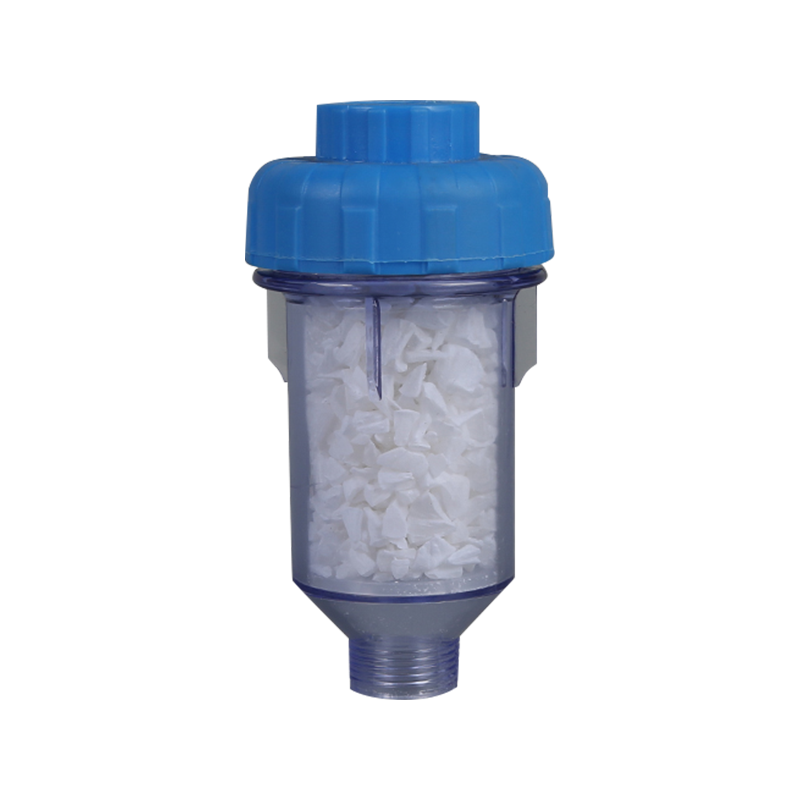 >
>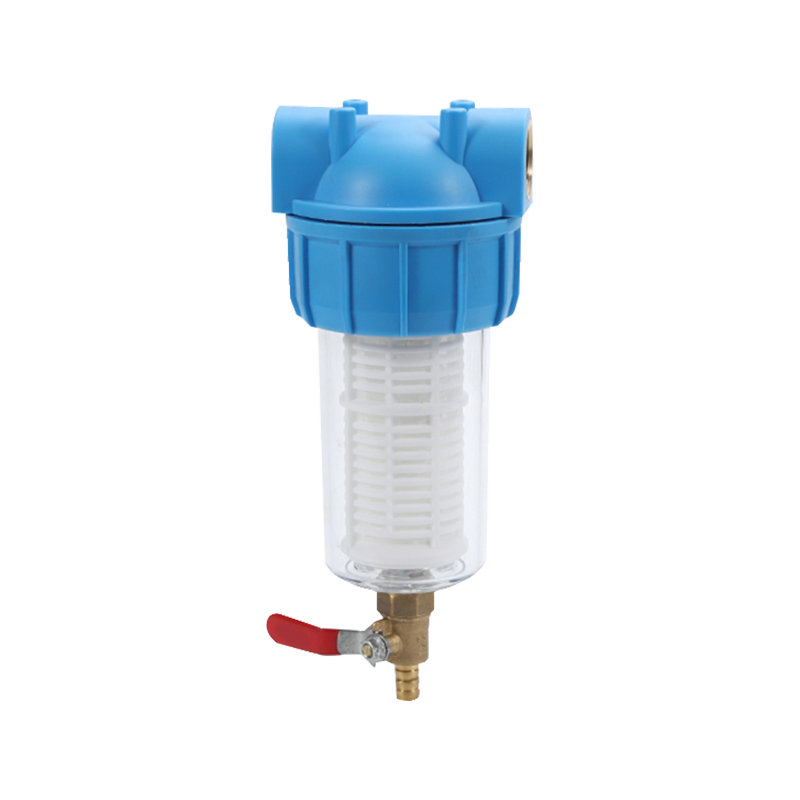 >
> >
> >
> >
>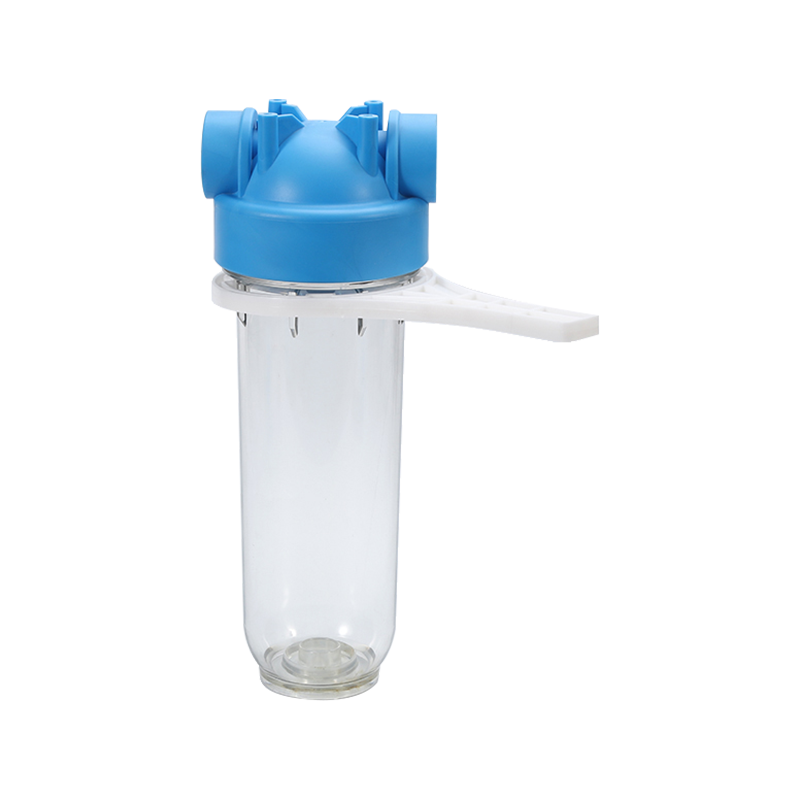 >
>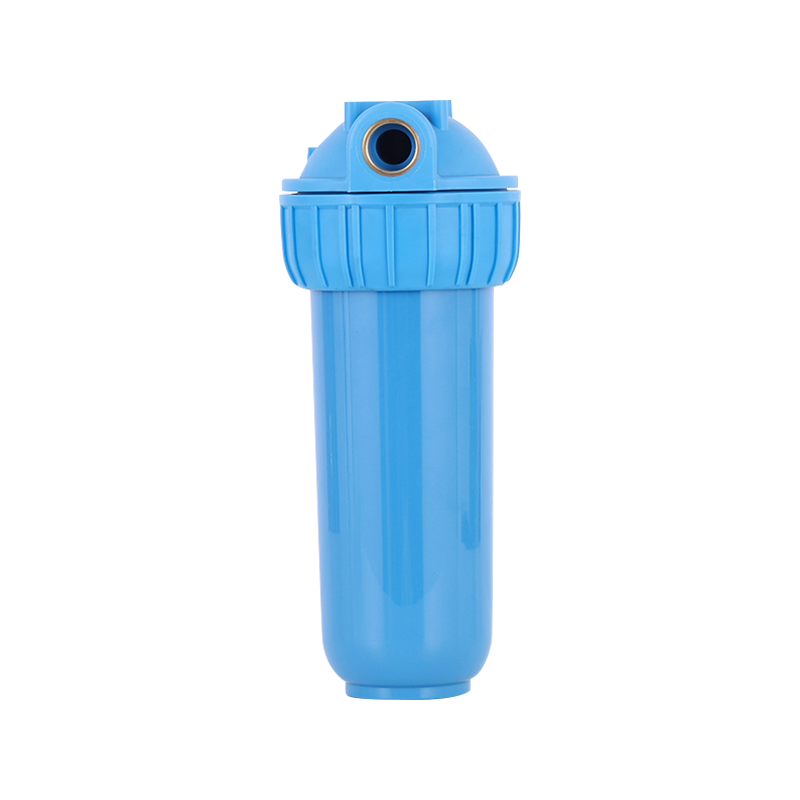 >
>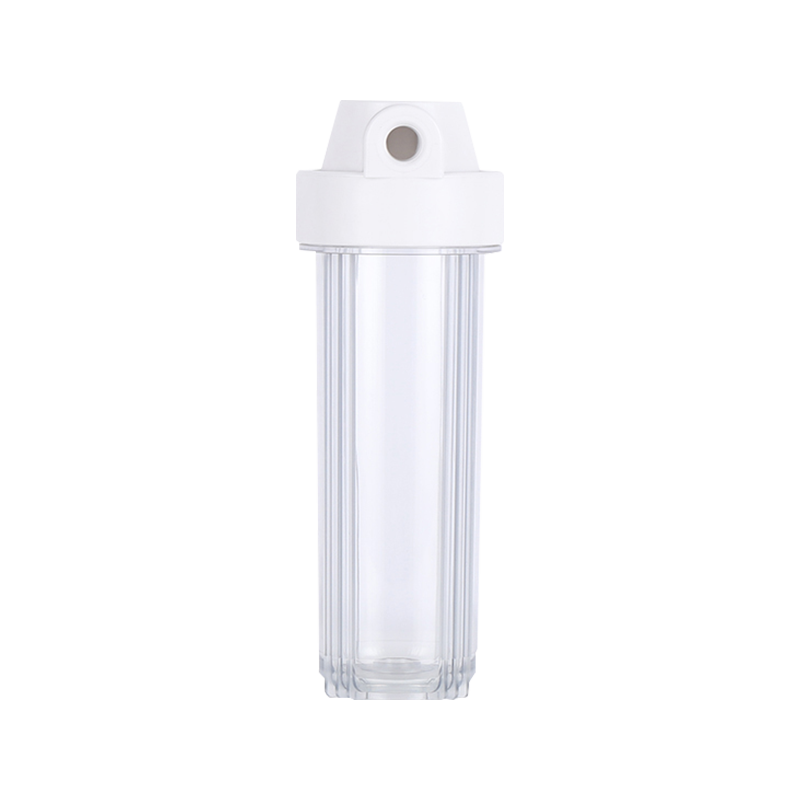 >
>
